DETROIT – Following the World Meteorological Organization’s release last weekend of its special report, United in Science, the Intergovernmental Panel on Climate Change (IPCC) this week issued a Special Report on the Ocean and Cryosphere (SROCC).
You know what an ocean is, but do you know what the cryosphere is? The cryosphere is defined in this report as areas “below the land and ocean surface that are frozen, including snow cover, glaciers, ice sheets, ice shelves, icebergs, sea ice, lake ice, river ice, permafrost, and seasonally frozen ground.”
Recommended Videos
Earth’s warming climate is having an impact on both the oceans and the cryosphere, and those impacts outlined in the report are very sobering. I’ve read the entire 45-page summary for policymakers, and currently summarizing the highlights for you here.
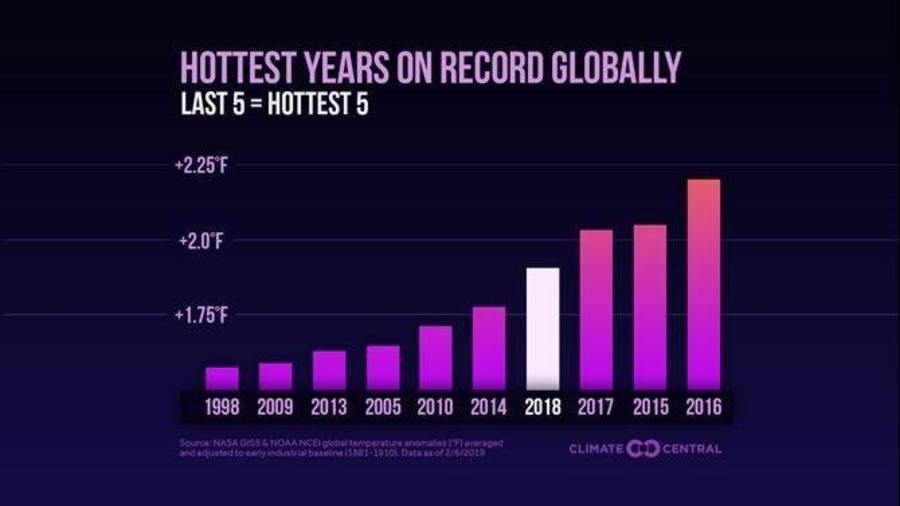
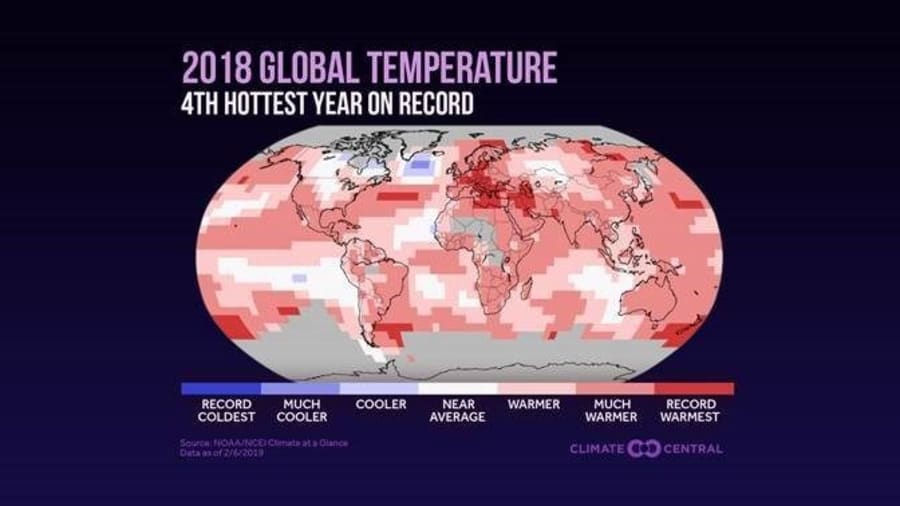
Observed Physical Changes
The SROCC states with high or very high confidence that ice sheets and glaciers worldwide have lost mass, and that Arctic sea ice extent has very likely decreased for all months of the year.
These Arctic sea ice changes in the month of September are likely unprecedented for at least 1000 years.
The report also states that permafrost temperatures have increased to record high levels, but there is medium evidence with low agreement as to whether northern permafrost regions are currently releasing additional net methane and carbon dioxide into the atmosphere due to thawing.
This is a very important body of research, especially for methane, because that gas is a significantly more potent heat-trapping gas than carbon dioxide.
It is virtually certain that the global ocean has warmed unabated since 1970 and, since 1993, the rate of ocean warming has likely more than doubled.
Furthermore, by absorbing more of the increased human-generated atmospheric carbon dioxide, the ocean has undergone increasing surface acidification, and the scientists are virtually certain about this.
Of added importance is that the global oceans have taken up more than 90% of the excess heat in the climate system, and the scientists have high confidence about this. (Not in the report, but something I want to add: were it not for that fact that Earth’s surface is about 75% ocean, the warming over land where you and I live would be significantly higher).
The report states with very high confidence that global mean sea level is rising, with acceleration in recent decades due to increasing rates of ice loss from the Greenland and Antarctic ice sheets, as well as continued glacier mass loss and ocean thermal expansion (when water is heated, it expands…so warming oceans increase sea level in part just because they are getting warmer).
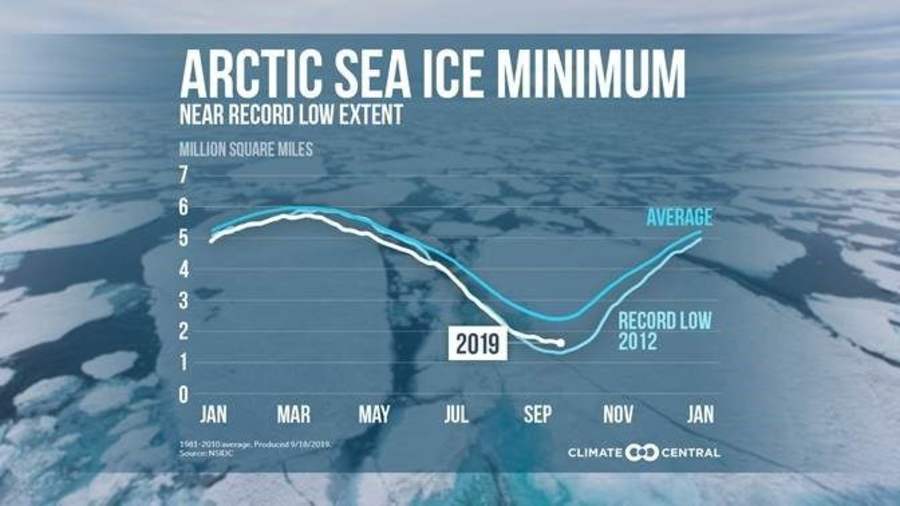
Observed Ecosystem Impacts
Observed changes have impacted terrestrial and freshwater species and ecosystems in high mountain and polar regions through the appearance of land previously covered by ice, changes in snow cover, and thawing permafrost, and scientists have high confidence about this.
Ocean warming has, in many regions, caused a decline in the abundance of fish and shellfish stocks due to direct and indirect effects of global warming, and biogeochemical changes have already contributed to reduced fisheries catches, and scientists also have high confidence in this.
They also report that coastal ecosystems have been affected by ocean warming, including intensified marine heatwaves, acidification, loss of oxygen, salinity intrusion and sea level rise, in combination with adverse effects from human activities on ocean and land.
Coastal communities are being exposed to multiple climate-related hazards, including tropical cyclones, extreme sea levels and flooding, marine heatwaves, sea ice loss, and permafrost thaw, and we know this with high confidence.

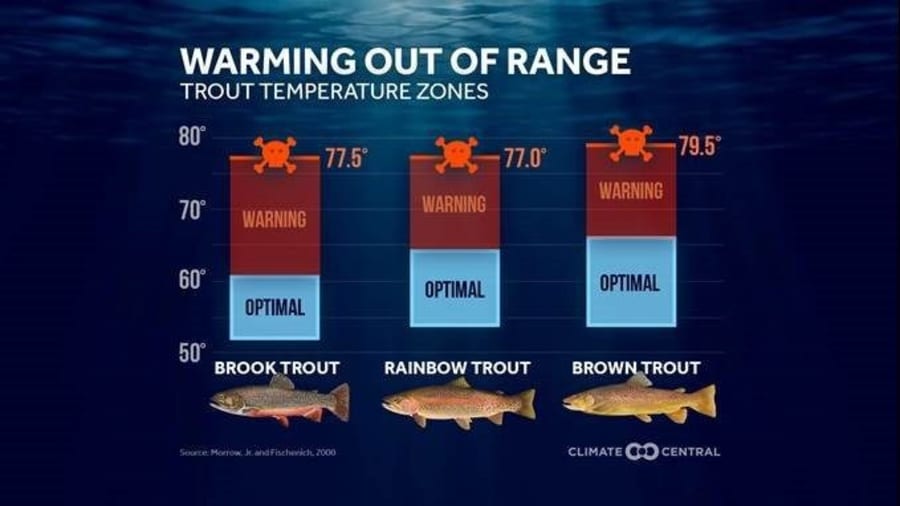
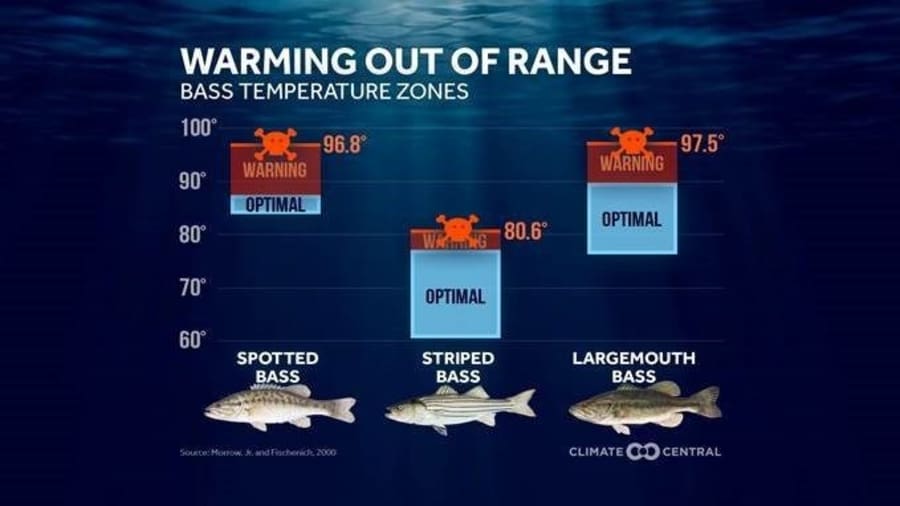
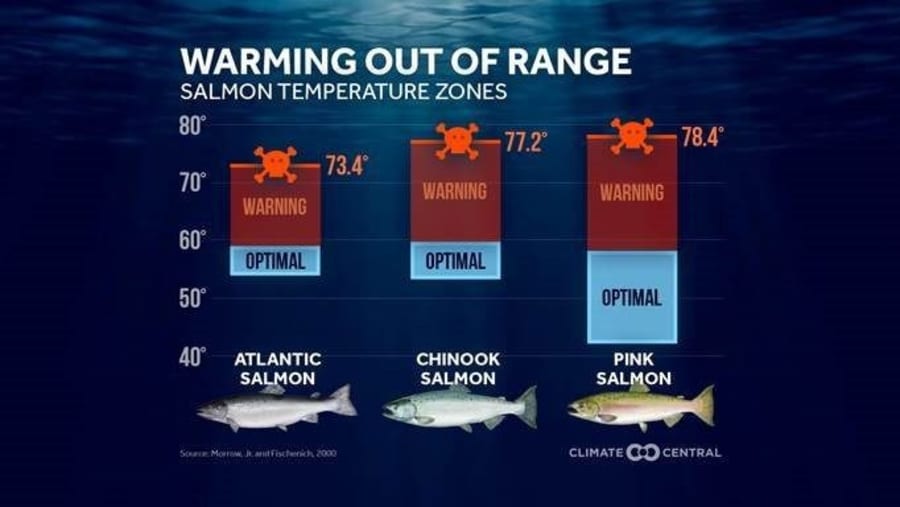
Projected Changes and Risks
Global-scale glacier mass loss, permafrost thaw, and decline in snow cover and Arctic sea ice extent are projected to continue in the near-term (2031-2050) due to surface air temperature increases, with unavoidable consequences for river runoff and local hazards.
The Greenland and Antarctic Ice Sheets are projected to lose mass at an increasing rate throughout the 21st century and beyond, and the report’s authors state this with high confidence.
By the way, they also indicate that the Greenland Ice Sheet is currently contributing more to sea-level rise than the Antarctic Ice Sheet, but Antarctica could become a larger contributor by the end of this century.
Over the 21st century, the ocean is projected to transition to unprecedented conditions with increased temperatures (virtually certain), greater upper ocean stratification (very likely), further acidification (virtually certain), oxygen decline (medium confidence), and altered net primary production (low confidence).
They also add that El Ninos and La Ninas may become more extreme (which would have significant ramifications on weather patterns around the world).
Sea level continues to rise at an increasing rate. Extreme sea level events that are historically rare (once per century in the recent past) are projected to occur frequently (at least once per year) at many locations by 2050, especially in tropical regions, and these events will be worsened by projected increases in tropical cyclone intensity and precipitation (high confidence).
Increased mean and extreme sea level, alongside ocean warming and acidification, are projected to exacerbate risks for human communities in low-lying coastal areas (high confidence).
Future shifts in fish distribution and decreases in their abundance and fisheries catch potential due to climate change are projected to affect income, livelihoods, and food security of marine resource-dependent communities (medium confidence).
Despite all of this sobering news, the authors do offer some hope toward the end of the report, where they emphasize that taking steps to SLOW (notice that I did not say stop or reverse) our planet’s warming provides greater adaptation opportunities.
This is critical: while we likely cannot stop the warming in the short term, slowing the rate of warming buys us time to takes steps to reduce risk in many locations.
Furthermore, slowing the warming gives animal species time to migrate or adapt.

